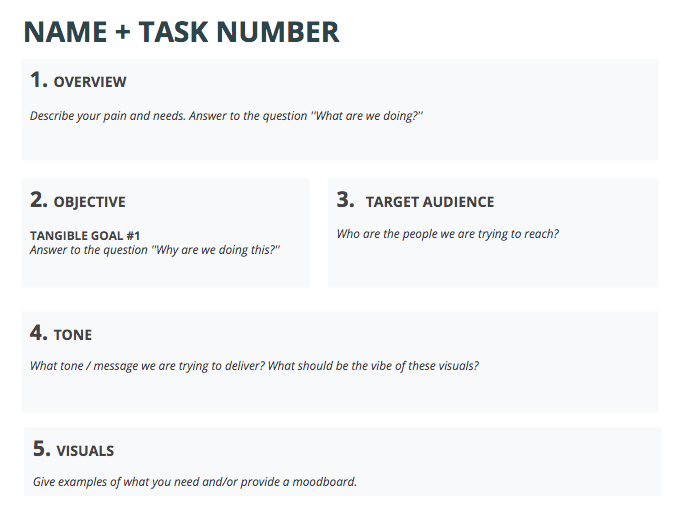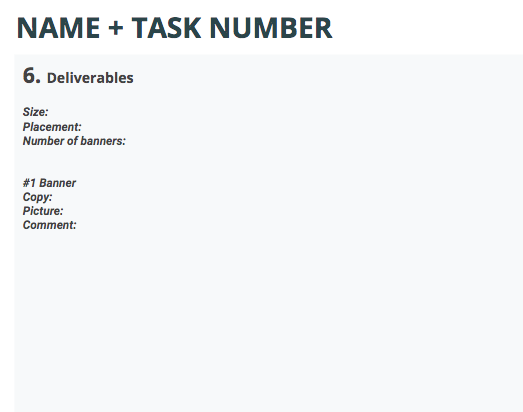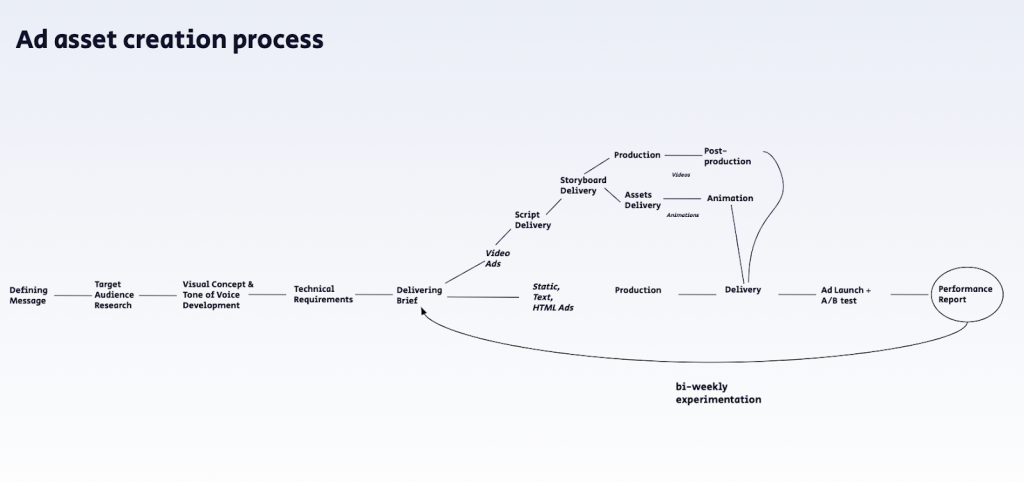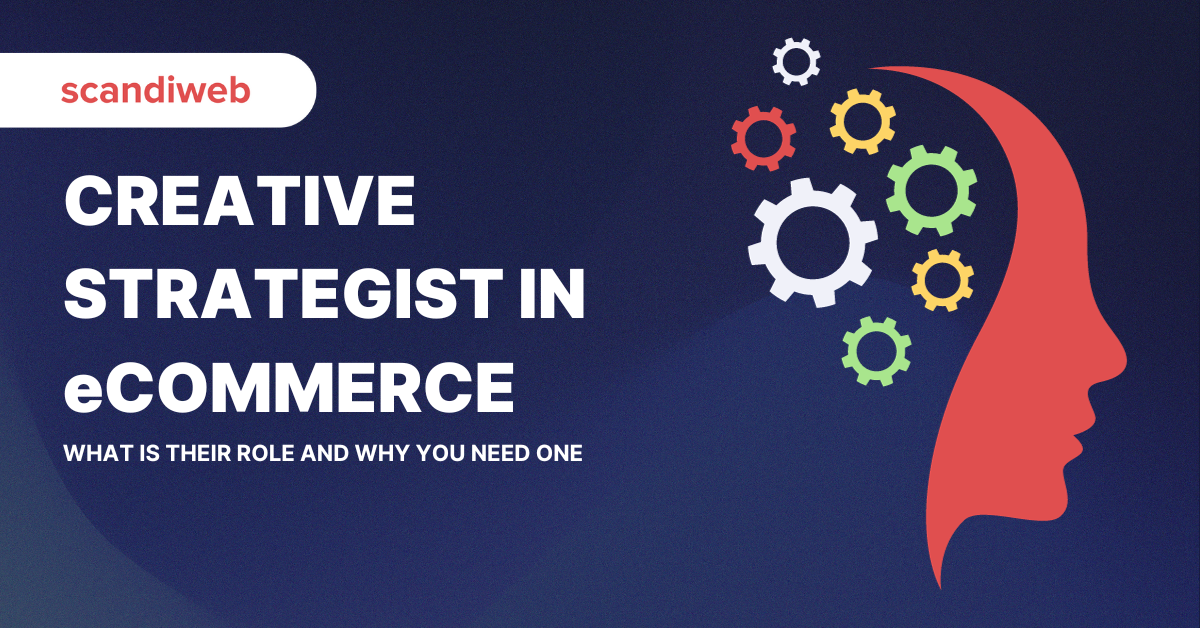eCommerce companies are like contestants in a talent show, all trying to grab the spotlight and win over a crowd that keeps getting bigger. To do that, their ads and marketing campaigns have to stand out and speak to their audience. The process involves research, trend analysis, smart decision-making, and a deep understanding of what customers like.
Enter creative strategists.
What is a creative strategist?
Creative strategists are crucial in driving marketing campaigns by leveraging new ideas, content sources, and media production strategies.
One could say the Creative Strategist is the bridge between the brand’s left and right brains.

The creative team—the right brain—is focused on the creativity and innovations required to create an effective ad. On the other hand, the media team—the left brain—is focused on analytics, ad performance, and business goals. A Creative Strategist orchestrates this harmonious blend of art and commerce behind the scenes.
Why do eCommerce businesses need creative strategists in their Marketing team?
Creative strategists lead the eCommerce Marketing team who will define the messaging and ultimately produce the ad—copywriters, designers, PPC specialists, and editors. They also serve as the creative’s connection to the left brain. Creative Strategist knows how to look at data, break it down into actionable insights, and translate that knowledge into new ads.
Simply put, creative strategists merge emotion and logic. They find the sweet spot between creative theory and media reality to maximize marketing results.
What do creative strategists do?
1. Existing ad asset analysis
A Creative Strategist is responsible for finding out which ads caught the most attention, got people clicking, and led to sales to understand the client’s best practices that will be used to create the new ads.
Practical example
The Creative Strategist analyzes the client’s ad accounts and historical data, looking at ad assets with the best clicks, CPC, CTR, and highest conversions. Then, they outline what these ads have in common and what to implement in future ads.
2. Market research
Next, a Creative Strategist needs to know who they’re trying to reach—which means understanding the client’s niche: target audience, opinion leaders, and trends.
Practical example
Let’s say you have a sports clothing brand and focus on customers in the United States. The Creative Strategist conducts market research to determine which groups of people are the main buyers, what sizes they should promote (if they should highlight plus-size options), and what’s currently trendy. The goal is to make the ads as relevant as possible—when someone sees the ad, it feels like it’s speaking directly to them.
3. Competitor analysis
Then, creative strategists look at the client brand’s competitors. How are they executing their advertising strategy?
Practical example
A Creative Strategist locates brands of similar concepts and requests a list of competitors from the client to analyze how these businesses operate on social media and their advertising strategy. They check engagement metrics, such as likes, followers, comments, the engagement rate of the account, and similar. This helps them understand what the competitors might be doing right (or wrong) and how they can improve their client’s ads.
4. Creative briefs
Creative strategists develop comprehensive creative briefs as a roadmap for the entire creative process.
Practical example
Briefs are based on the existing ad asset analysis, market research, competitor analysis, and brand visual guidelines (if any). This document outlines the creative strategy, aligning the vision with the client’s objectives before sharing it with the team. This document is the foundation upon which creatives develop the agreed assets, ensuring consistency and alignment with the campaign’s goals.


5. Analysis of ad performance data
An integral part of the Creative Strategist’s role involves the continuous analysis of ad performance data to refine and update the client’s best practices.
Practical example
The strategist gains insights into the audience’s engagement with the created assets by evaluating key metrics such as clicks, cost per click (CPC), click-through rate (CTR), and conversions. This ongoing analysis helps identify successful strategies and tactics, which can be replicated and adapted in future campaigns to optimize performance.
6. Brand guidelines development
For clients lacking established brand guidelines, such as a defined tone of voice, brand book, or style guide, creative strategists take the lead in developing these essential documents.
Practical example
Drawing on best industry practices, the Creative Strategist crafts guidelines that articulate the brand’s identity and messaging, ensuring consistency across all marketing channels and communications.
7. The main point of contact
The Creative Strategist plays a crucial role as the main point of contact for the client and the team regarding ad assets. They are the central figure managing communications, ensuring all parties are informed and aligned.
Practical example
If there are any questions about ad assets, the Creative Strategist is the one who keeps the hand on the pulse and makes sure everyone is on the same page. This involves writing and delivering briefs, communicating with creatives, conducting quality assurance of provided ad assets, and coordinating with the client for approval and the PPC team for implementation and launch. Their role is pivotal in keeping the project on track, maintaining coherence in strategy, and ensuring that all assets are in line with the campaign’s objectives.
What are their responsibilities?
- Developing all ad assets needed—static, video, and textual—in a timely manner and based on the agreed brief. Here’s the overview of scandiweb’s process:

- Increase audience engagement with the ads depending on the ad objectives (brand awareness campaigns, conversion campaigns, etc).
- Ensure smooth communication and information exchange regarding ad assets within the team and with the client.
- Align the creative vision with the business goals. All assets are created to match where the company is going, respecting the brand guidelines and stakeholders’ vision.
As we’ve explored, the role of a Creative Strategist in eCommerce is dynamic and indispensable. They blend creativity with strategic thinking, ensuring every ad campaign captures the brand’s essence and resonates with the target audience. Having a Creative Strategist on your team can mean the difference between an ad campaign that merely exists and one that converts.
Are you looking to elevate your brand’s digital presence and achieve tangible results? We’re happy to help! Let’s discuss how we can collaborate and make your vision a success story.


Share on: